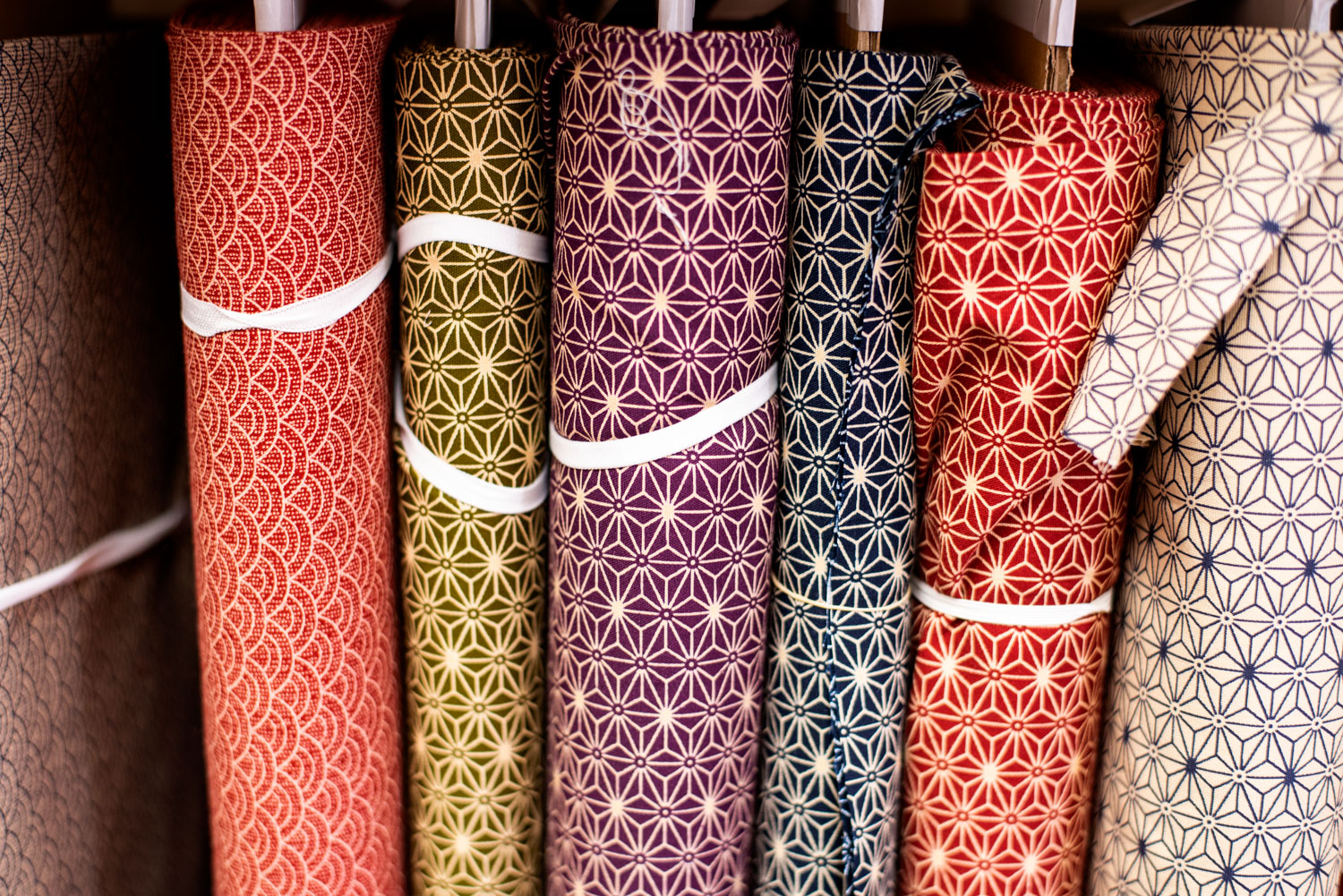Travel is So Daily
Photos by Forrest Anderson and Tai Anderson
He who returns from a journey is not the same as he who left.
— Chinese proverb
We travel frequently and because part of our work involves historical research and photography, we work long hard days while traveling. We also listen carefully to what other people say about their travel experiences.
We long ago realized that most travel isn’t anything like the brochures of sunsets and beaches at generically tropical resorts in (fill in the blanks) Hawaii, Thailand, Bali, etc. That’s a good thing – our few forays into that type of travel have been the most forgettable.
Travel usually consists of two parts. The first is visiting and figuring out the most important features of crowded historical or natural sites. The second is dealing with all forms of transportation, accommodations, food, weather, currency systems, calendars, customs and our varying skill levels in different languages.
Neither part is always comfortable or beautiful and sometimes the things we are exposed to while traveling are difficult or even heart breaking, but the experience of travel changes one's heart, understanding and daily way of living and thinking.
“I hear and I forget, I see and I remember, I do and I understand,” a Chinese proverb says.
If travel doesn’t do that, it can be disappointing for people who go to a location, see it without comprehending it and return home feeling let down and wishing they had spent the money to finish their basement instead.
Good travel experiences usually are an outgrowth of pursuing who we are at home while on the road. Several people can go together on the same trip and later have very different memories of a trip. A foodie will remember the cuisine, a vet tech the animals she encountered, a surgeon the Civil War medical instruments he saw in a museum.
We can’t travel without taking what interests us with us. Travel becomes a passion when we recognize up front that it isn’t an escape from our ordinary home, transportation and food concerns but a chance to enhance them with new insights.
If we love bread, then baguettes in Paris, naan in India and grilled flat breads in Beijing are some of the chief delights of our travels – ones that we can take home and incorporate into our daily lives through recipes. When we consciously plan travel around what is important to us, we open ourselves to some of our best experiences and opportunities for change and growth. Moreover, we affirm that our interests have value and are worthwhile pursuing afar. The tourism industry has recognized this and has created tours, cruises and experiences around people's specific interests. However, you don't have to pay for those often-pricey experiences to build your travels around your own interests. You also don't have to travel on long trips. Most major cities and many other areas offer plenty of opportunities for tourists to pursue their own interests. As travel grows, it is becoming more and more integrated into people's regular lives.
I once knew a businessman who became interested in bonsai trees. He started by growing a small collection, which expanded until he decided to visit Japan. He met Japanese people who were similarly fascinated with the miniature trees and joined an international bonsai organization. He became a leader in the group and traveled extensively in the cause of promoting bonsai. Eventually, he converted his successful business into a large nursery business that included bonsai and Japanese maple trees. He formed a circle of international friends who are bonsai enthusiasts. His business now pays for his interest.
“It is not down in any map; true places never are,” Herman Melville said.
A relative of mine who is active in her local church congregation has greatly enriched her life, faith and relationships while touring cathedrals in England.
My life has been transformed by learning how other people live and incorporating many of their customs into my daily life. As a result, I live in a French country-style home with a kitchen full of Japanese utensils, read books in Chinese and Spanish, eat homemade yogurt we learned to make in Japan and France, cook a wide variety of foods from Chinese dumplings to French eclairs and do Japanese flower arranging. I love both French and Asian calligraphy and we incorporate them into gifts. We have a combination of German and French food for Christmas eve dinners and decorate with Chinese, French and English nativity scenes.
James Michener commented that people might as well stay home if they won't try the food, fear the religion and avoid local people when they travel. The problem with that approach is that home will also be impoverished.
In our travels, we often take time to experience daily life that relates to our interests. Major cities are hubs where goods, products and services from around the world come together, so a visit to a district that caters to a specific interest we share can be exciting and educational.
For example, I’m a fanatical foodie and did a college internship about Asian ceramics, so one of my favorite places in Tokyo is Kappabashi district, a street of shops where Japanese ceramics and kitchen tools are sold.

A shop in Kappabashi that sells Japanese bowls and plates.

Small plates in a shop at Kappabashi. I use these tiny plates for healthy snacks such as nuts and fruit.
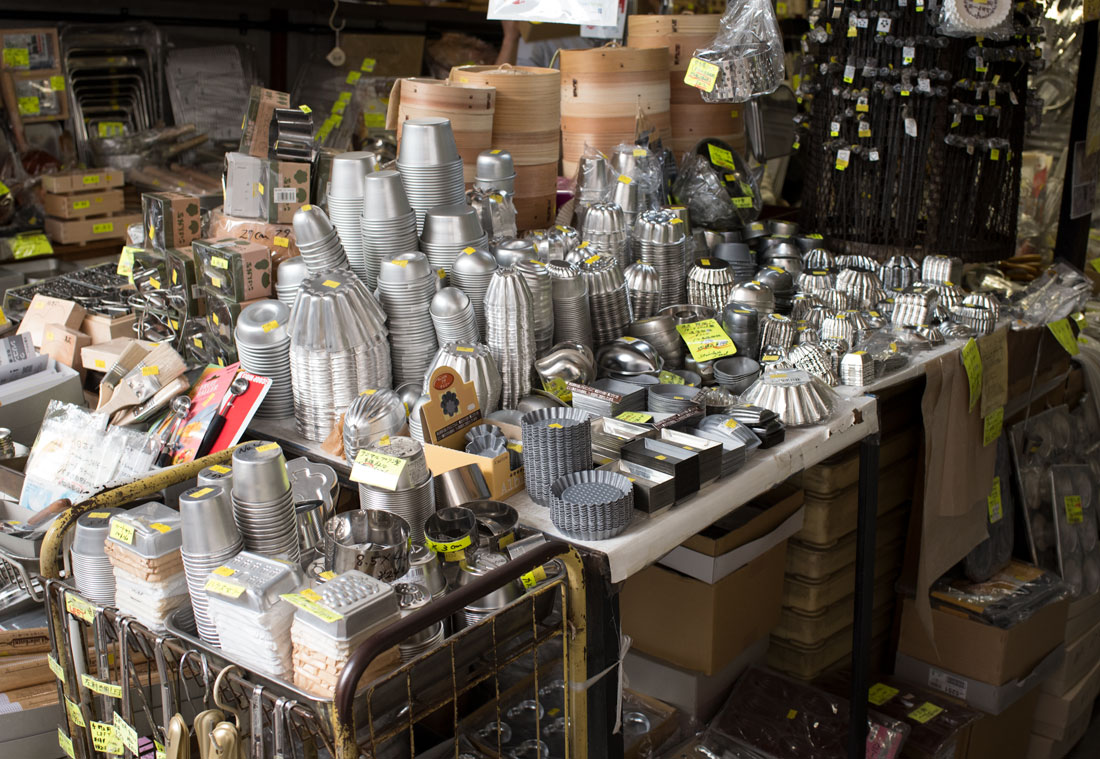
Baking utensils for sale at Kappabashi.
European bakeries are another “daily” passion with which I am so obsessed that back at home, I'm plowing my way through the massive French patisserie textbook for the famous Ferrandi cooking school in Paris.
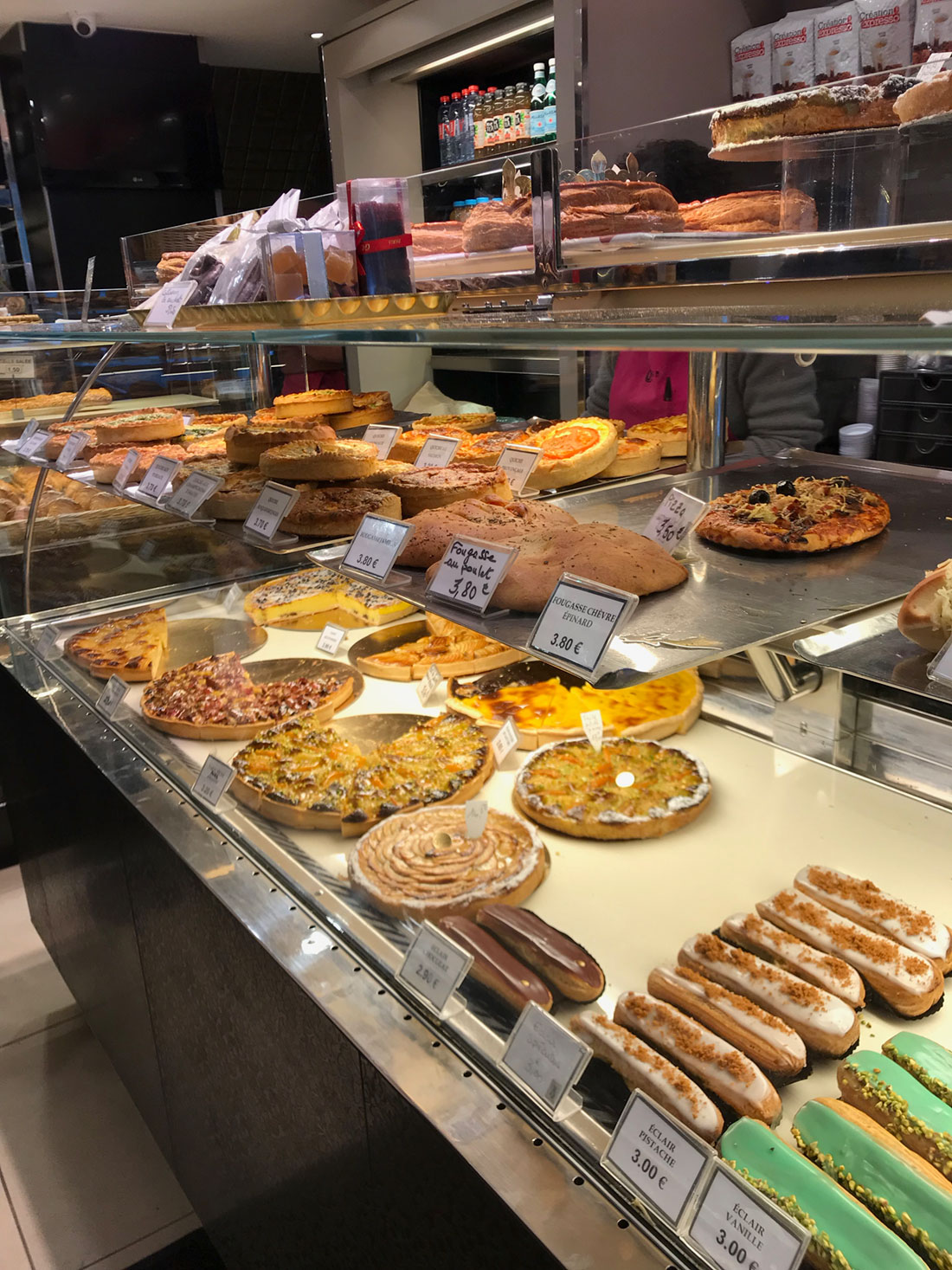
A Paris bakery.
Many cities, including New York, Los Angeles, Tokyo and others, have fabric districts that cater to fashion designers, theater costume designers and the general public. These stores are wonderlands of fabrics, buttons and trim for the amateur seamstress and fabric hobbyist.
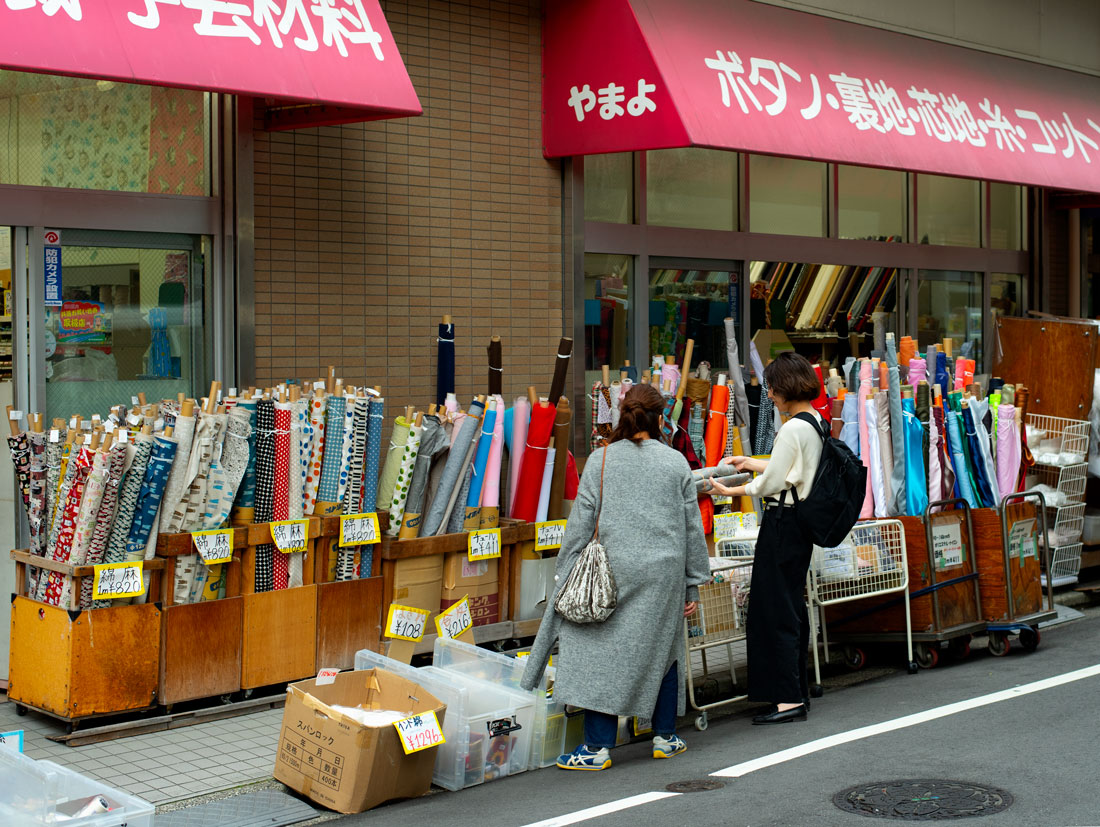
Tokyo's fabric district.
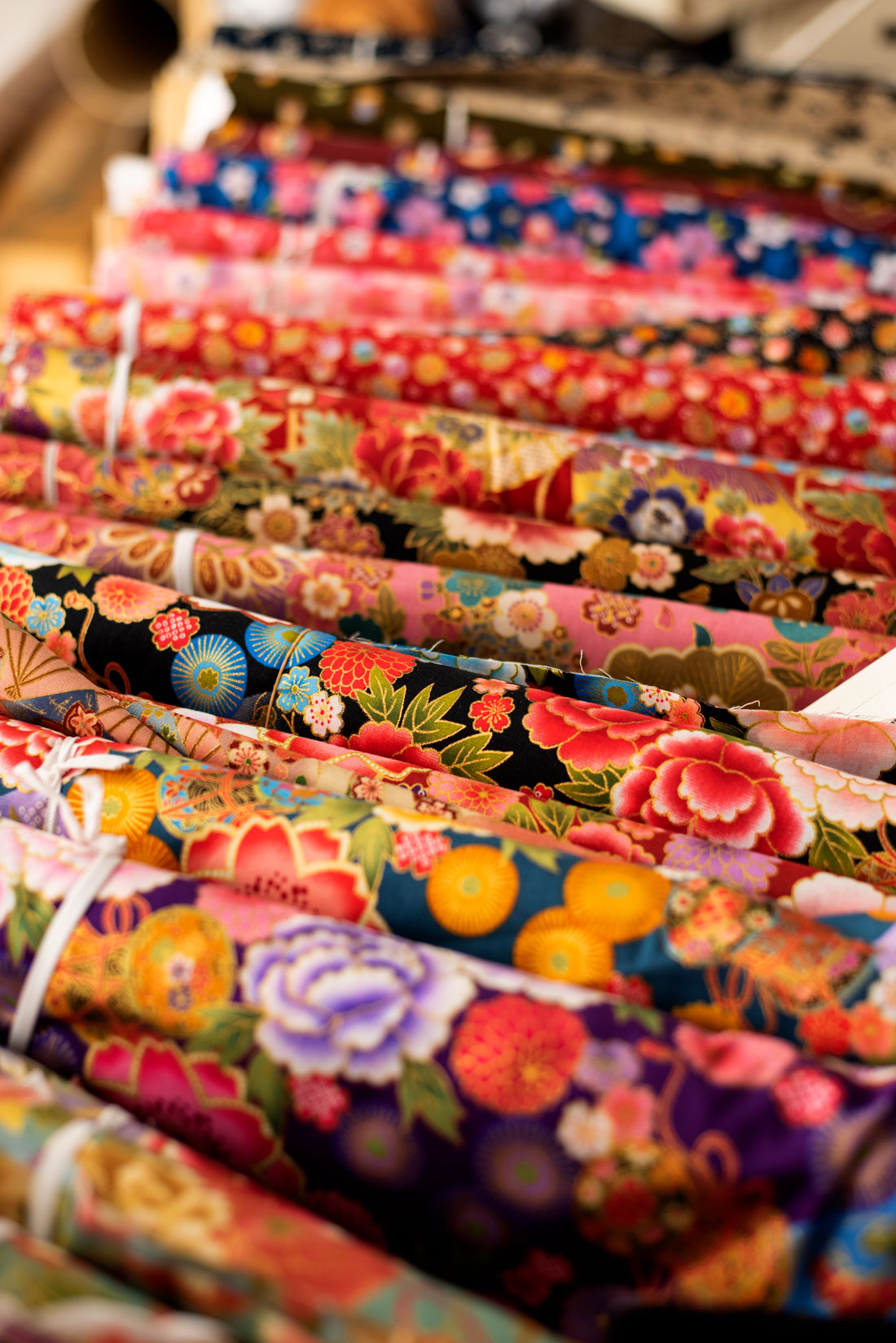
Fabric in the Tokyo fabric district and, below, buttons and other notions.
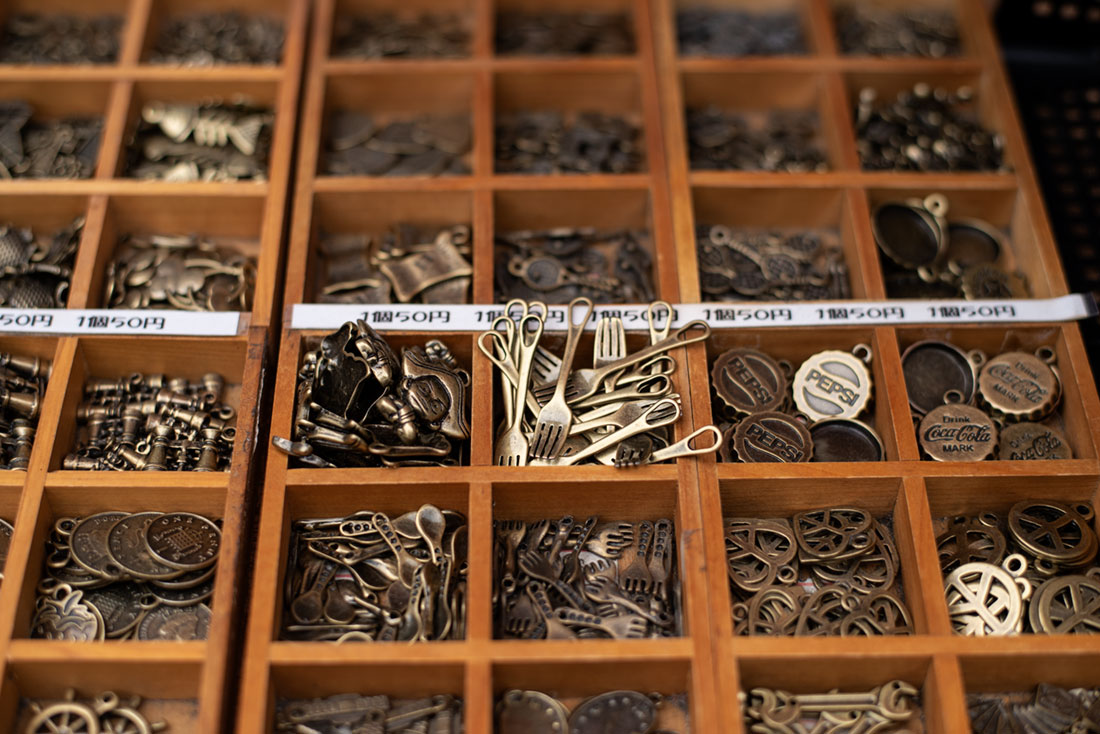
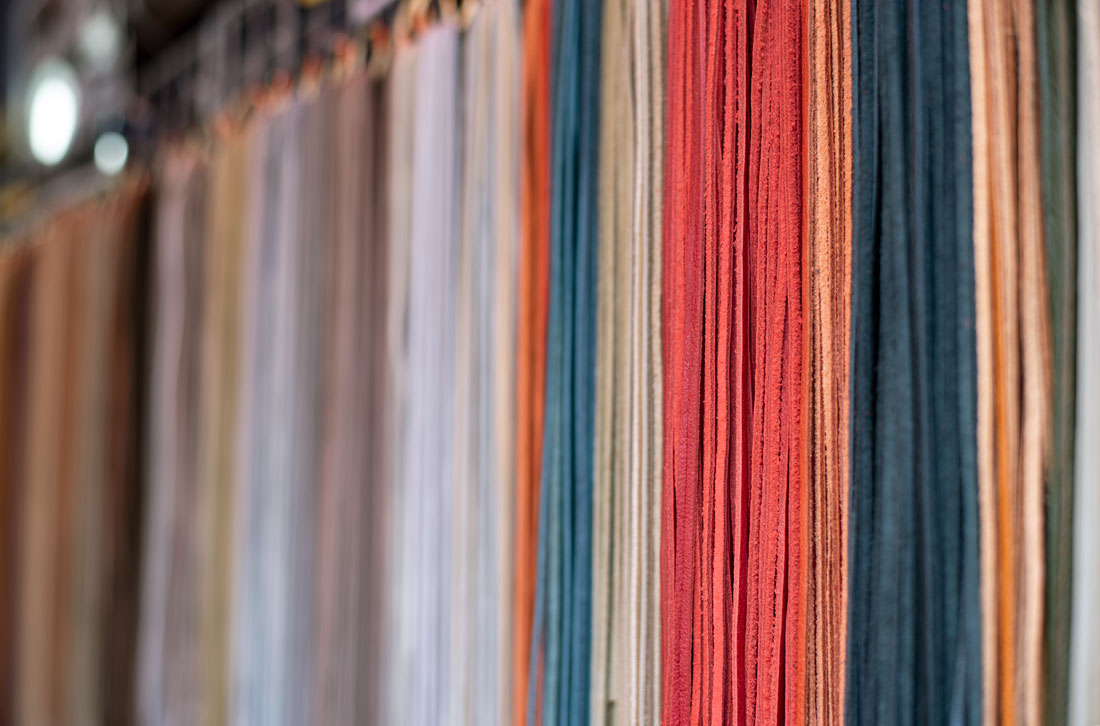
Colored leather strips at a shop in the Tokyo fabric district.
We make it a point to visit famous gardens as much as we can. Then we stop by garden centers to look for similar types of plants that might work in our yard.
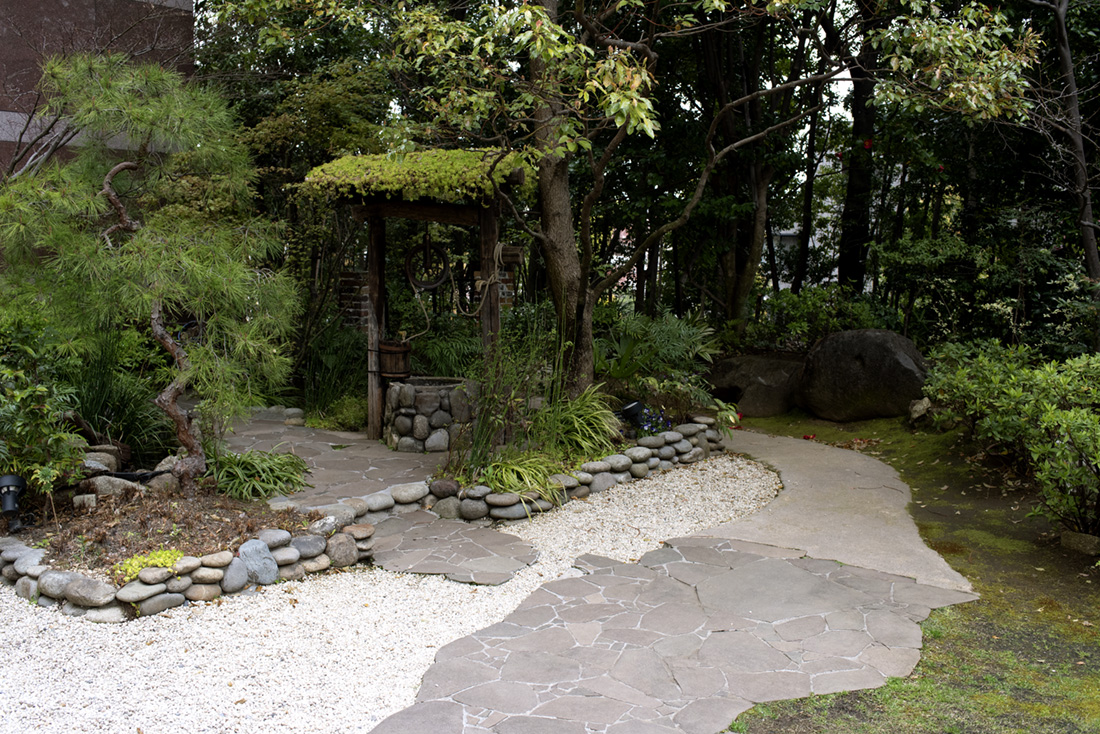
A garden in Tokyo and, below, a sculptured Japanese-style tree at Garden World, a garden center near Portland, Oregon.

Stationary, pens and reading are other interests that we often indulge by dropping into large art and stationary stores and bookstores in major cities.
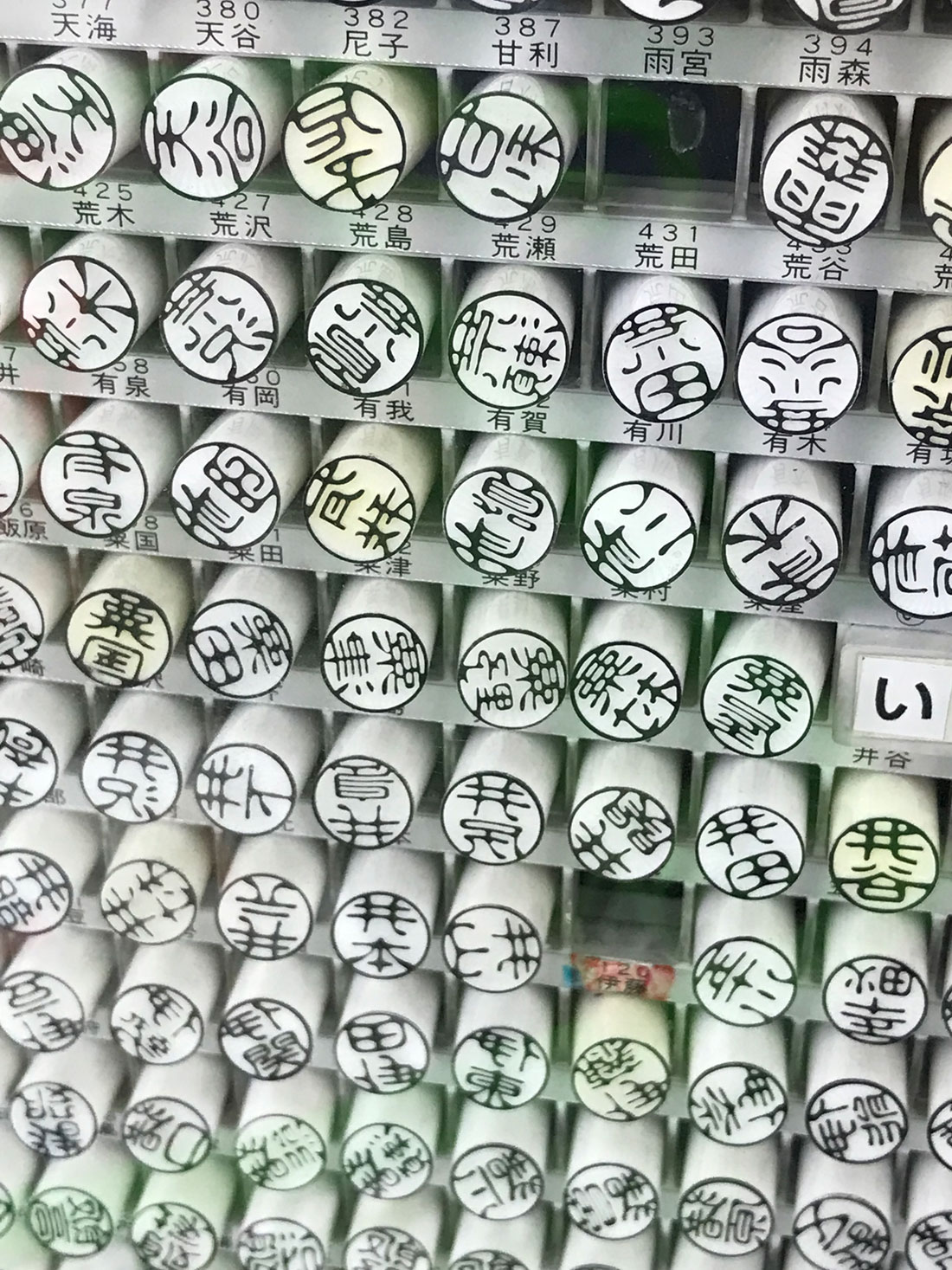
Seals at a stationary store in Tokyo.
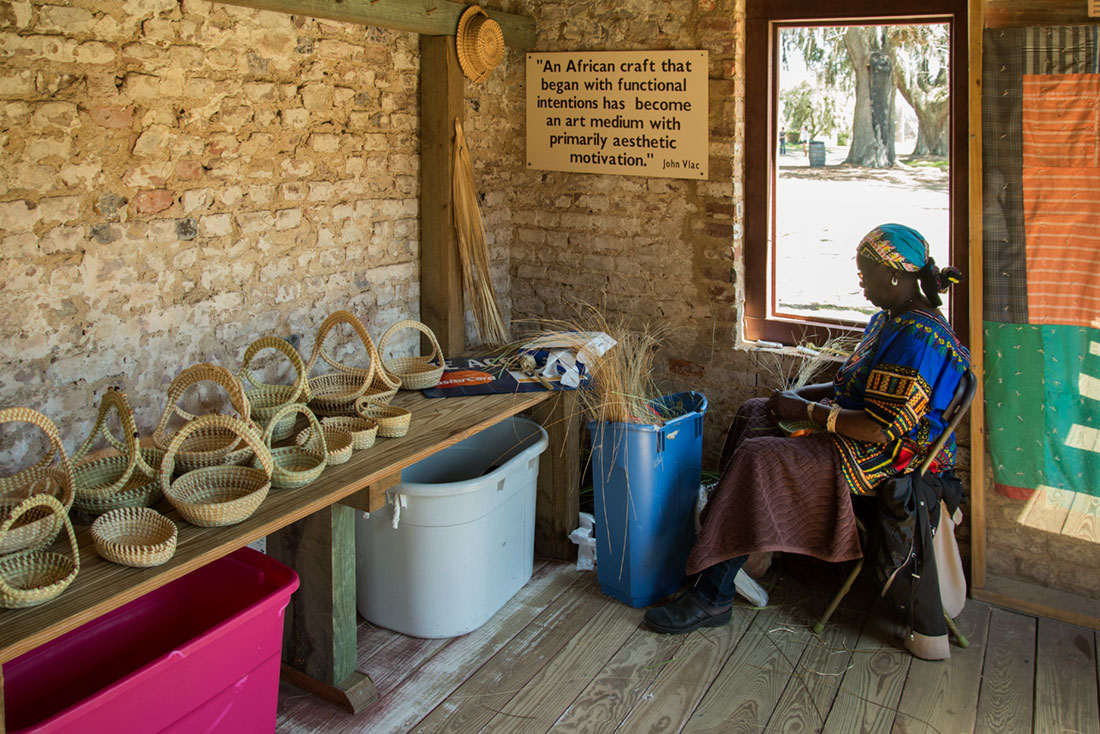
There is a fine line between art and daily life. Sweet grass baskets were created by the enslaved Gullah people of South Carolina for daily use in rice cultivation based on patterns and methods that originated with their African ancestors. Today, artisans such as Nancy White, above, have developed the weaving of the baskets into an art form valued for its beauty and as a symbol of endurance and family ties in the face of adversity.
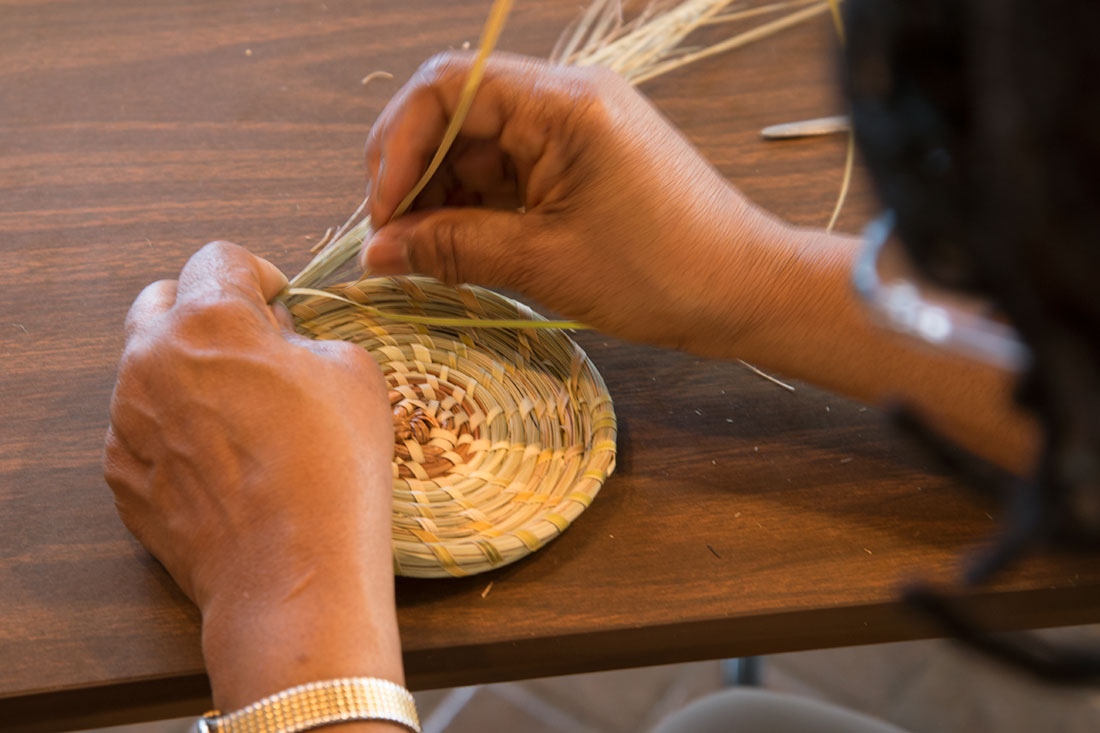
Gullah weavers teach people such as this tourist to make Gullah baskets in classes in South Carolina.
Taking time out to explore how people in different places live or have lived their daily lives allows us to interact with those who share our interests and go beyond the superficial world of site-based tourism. It connects us with ordinary people and history on a broader and deeper basis and helps us to internalize the best of our travels in our lives back home.
As Hans Christian Anderson said, “To travel is to live.”
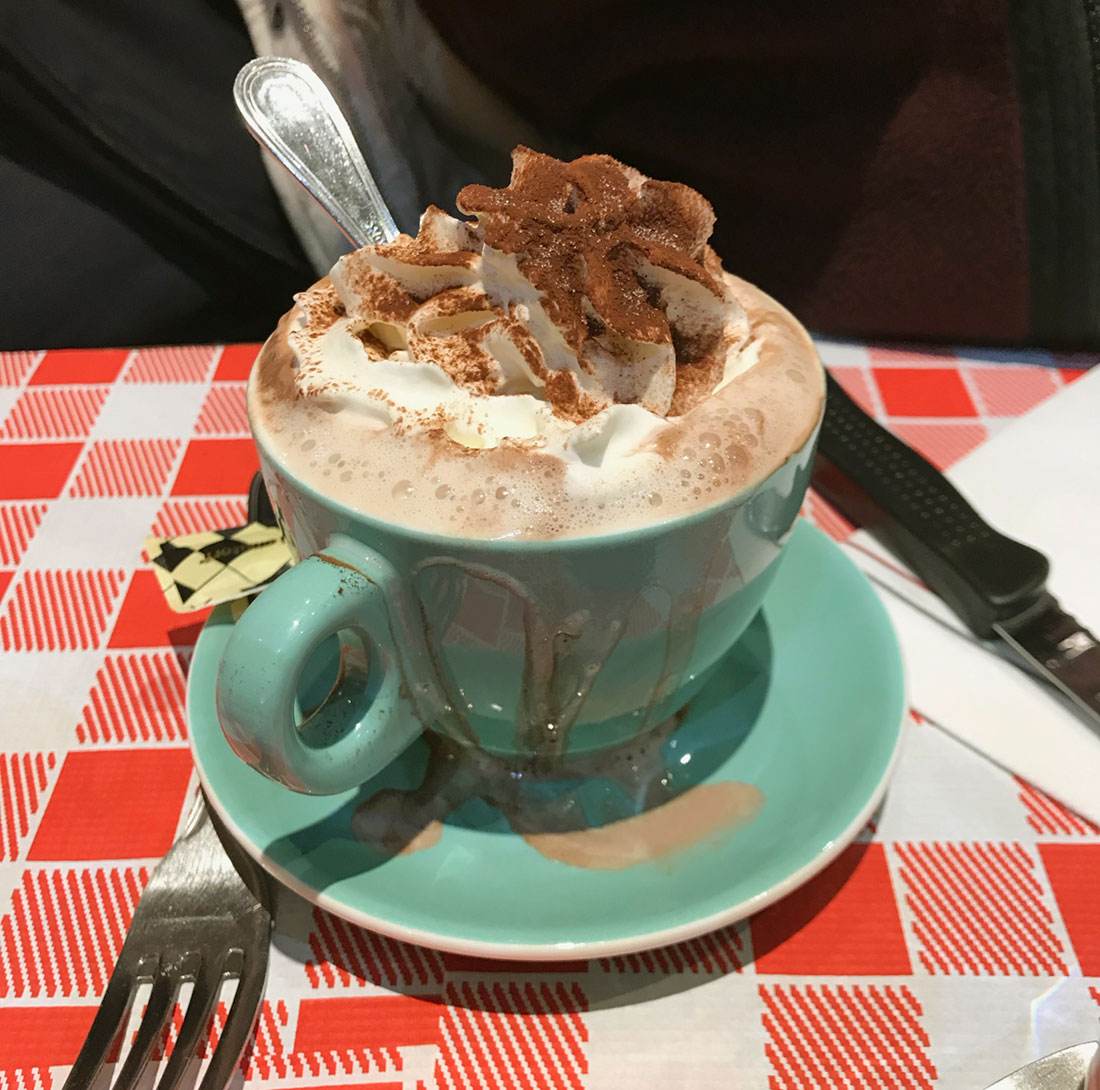
A cup of hot chocolate in a Paris cafe. Efforts by returning tourists to duplicate Parisian hot chocolate at home have spawned a small industry of Internet recipes, small electric whisks and European hot chocolate powders.
Related photos:
Check out these related items
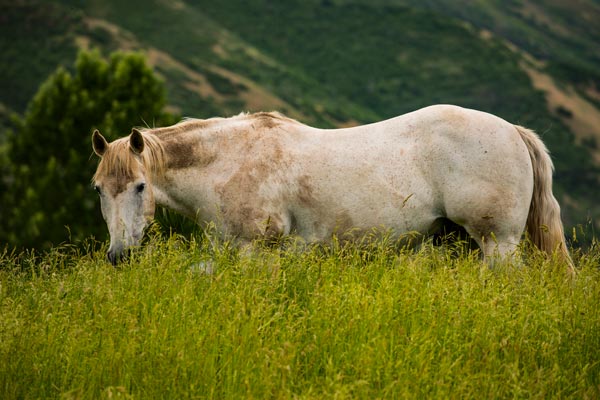
Home is a Destination, Too
Need a five-minute stress reliever while sheltering at home? See these photos of my beautiful mountain village of Mapleton, Utah.

Home is Where the Vacation is
Vacationing at home looks to be the main travel trend for the near future. Here are some ways to enjoy it.
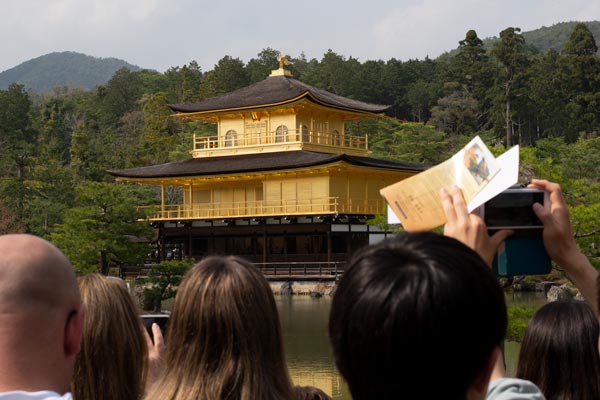
Sustainable Tourism for Holidays
Packing for travel this holiday season should include a primer on how to be responsible, sustainable tourists. Here it is.
